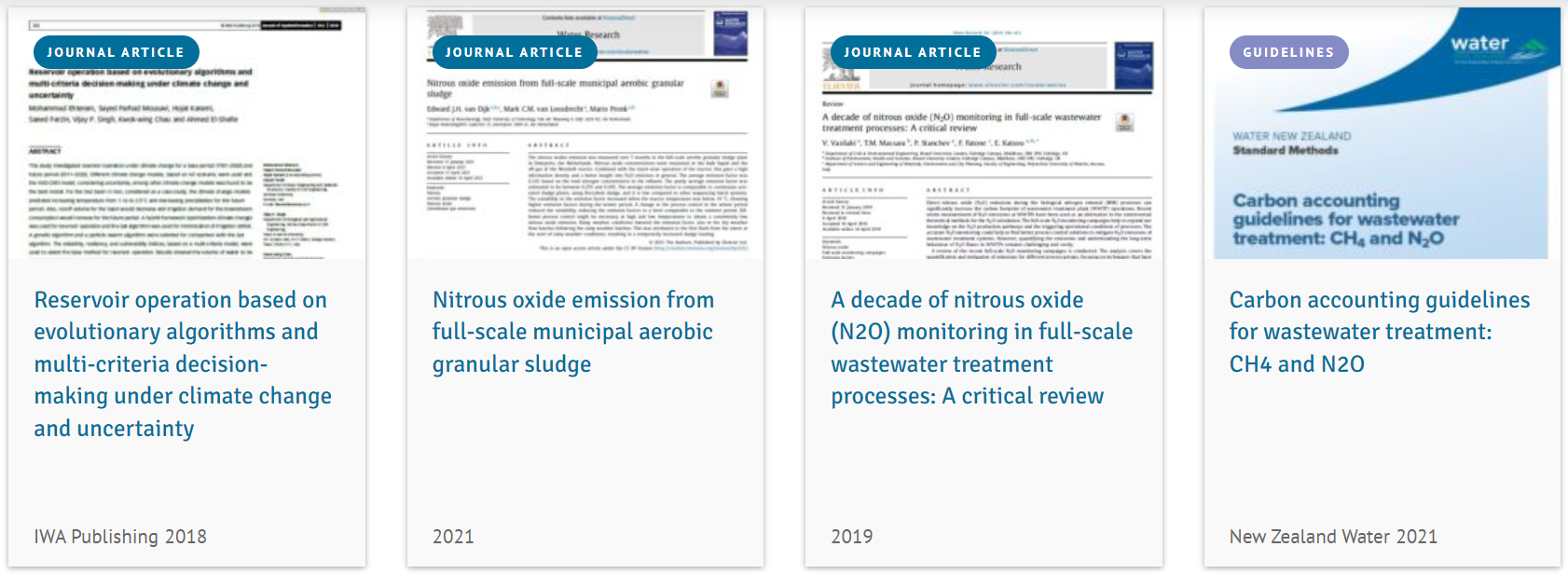Climate Smart Utilities
With urgent action needed on mitigation and adaptation, the International Water Association is calling on utilities around the world, regardless of their size or location, to endorse a shared vision to build momentum for greater progress.
Utilities are urged to increase their resilience to the impacts of climate change to maintain and improve their service levels. The emissions reported by water and wastewater utilities in various countries vary from 3 to 7% of total greenhouse gas (GHG) emissions (Nature 2020, Environmental Research 2020). Taking a holistic water cycle approach that encompasses emissions from unconnected residential areas, discharge of untreated sewage into rivers, and industrial treatment facilities would significantly amplify the contribution of GHG emissions. Therefore, utilities are critical to the cities’ successful climate adaptation and should act towards global decarbonisation.
IWA invites you, as a water and sanitation professional and/or as a utility leader, to endorse the Climate Smart Utilities Vision. By endorsing the vision, will be part of an initiative aimed at building a community of leaders that can inspire utilities and their governance structures, regulators, and urban planners to become increasingly Climate Smart, deliver innovation, tools and knowledge exchange to support the green transition. By endorsing the vision, you act as a Climate Smart player, providing inspiration and momentum for all utilities worldwide to achieve the cultural shift needed on three interconnected pillars:
- Adaptation: Improving resilience to adapt to climate change.
- Mitigation: Assessing and aiming to reduce GHG emissions
- Leadership: Leading and inspiring others to take Climate Smart action for a water-wise future
The IWA Climate Smart Utilities Initiative has been launched to support all utilities worldwide to act collectively and share knowledge.
Climate Smart Utilities are water, sanitation, and urban drainage service providers that are improving their climate resilience by adapting to a changing climate while contributing to a significant and sustainable reduction of carbon emissions. The initiative is structured around four components:
- Community of Practice (CoP) around adaptation and mitigation to climate change, to support bridging science and practice and trigger the necessary cultural shifts and actions.
- A web platform to support information sharing among utilities.
- A Utility leaders peer-to-peer exchange programme platform to drive decision making and climate leadership.
- A Recognition programme to increase awareness and set an inspiration to progress on the Climate Smart Utility journey.
This programme aims to inspire utilities to become increasingly Climate Smart and embrace the cultural shift required for a water-wise future
Recognition Programme
The programme is built around a vision endorsement and the submission of applications to take part in the Recognition Programme in conjunction with the IWA World Water Congress & Exhibition (WWCE) and IWA Water and Development Congress & Exhibition (WDCE).
Through their applications, utilities can reflect on their progress on the Climate Smart journey and compare themselves against several indicators and criteria describing an ideal Climate-Smart Utility under each pillar.
The inaugural edition of the Recognition Programme was launched in 2022 at the IWA WWCE in Copenhagen, Denmark. The second edition took place during the 2023 IWA WDCE, in Kigali, Rwanda. In 2024, the third edition will happen at the IWA WWCE, in Toronto, Canada on 11-15 August 2024.
Adaptation: Improving resilience to adapt to climate change
Climate Smart Utilities plan to anticipate future threats from climate change impacts. Investments to increase resilience contribute to reducing GHG emissions when possible. This translates into:
- Planning an array of measures, including nature-based solutions when appropriate, reducing water use in relation to local scarcity trends, and diversifying water sources, in order to achieve a positive water balance under the impacts of climate
- Adapting sanitation strategies, collection systems, and treatment facilities to accommodate fluctuations in water flow induced by climate change. This includes preparing for low and high flows, as well as heightened sensitivity of aquatic ecosystems, which necessitate more stringent discharge requirements.
- Providing adequate drainage to manage rainwater and reduce the risk of flooding rivers
- Supporting an asset management and maintenance programme that delivers robust and adaptive infrastructure, incorporates redundancy and bypass systems, with active monitoring of infrastructure integrity and intelligent controls enable an agile response needed to face the impacts of climate change.
Mitigation: Reducing GHG emissions
The transition towards a smart water future requires a reduction in the utility’s greenhouse gas (GHG) emissions, with well-defined and strategically planned reduction targets implemented throughout the entire service chain. This translates into:
- Monitoring and reducing GHG emissions related to the utility’s operations, including energy consumption, wastewater and biosolids management (e.g., by reducing N2O or CH4 emissions during the treatment process and decreasing chemical usage).
- Maximising resource recovery to offset GHG emissions within and outside of the utility boundary through carbon substitution.
- Achieving high energy efficiency in water supply and sanitation systems, also through investments in low-energy and low-carbon solutions for new assets.
Deutsche Gesellschaft für Internationale Zusammenarbeit (GIZ) and the International Water Association (IWA) have been working together with their partners from Mexico, Peru, Jordan and Thailand on the Water and Wastewater Companies for Climate Mitigation project (WaCCliM). The aim has been to use GHG emission-reducing technologies to improve the carbon balance of water and wastewater companies while maintaining or even improving service levels and improving these companies cost effectiveness.
Leadership: Acting as a local, national, and international leader
Climate Smart Utilities are leaders driving the transition through the exchange of knowledge and the development of innovative, equitable solutions for climate adaptation and the reduction of GHG emissions. This translates into a robust culture of learning and sharing on local, national, and international levels.
- Empowering citizens and urban planners as partners of the Climate Smart Utility, this includes enhancing the awareness and planning capabilities of all urban stakeholders.
- Developing a strong learning culture to ensure that knowledge and skill requirements are consistently reviewed and updated to include multi-disciplinary skills and knowledge in water-related fields.
- Sharing knowledge and best practices with other utilities at national and international levels. The utility is committed to facilitate knowledge exchange on technology, innovation, and research towards the Climate Smart Water agenda.
- Incorporating Diversity, Equity, and Inclusion (DEI) principles.
Key Publications
Transitioning to a Low-Carbon Urban Water Utility
Low-carbon, low-energy solutions in the water sector make economic sense. Utilities can now be guided towards water and energy efficiency, as well as mitigating greenhouse gas (GHG) emissions through the Roadmap to a Low-Carbon Urban Water Utility and a website with all a utility needs to successfully transition to a low-carbon urban water utility.
The Roadmap guides utilities to:
- Motivate action – Identify drivers and actions to becoming a low-energy, low-carbon utility.
- Assess your system – An assessment tool and associated trainings – Energy Performance and Carbon Emissions Assessment and Monitoring (ECAM) – designed for assessing the carbon emissions that utilities can control within the urban water cycle and prepare these utilities for future reporting needs on climate mitigation. Consultants can support utilities in driving their assessment and identifying improvements.
A tool to transition towards carbon neutrality in the water sector from IWA on Vimeo (video also available in Spanish here).
- Opportunities – Explore opportunities to reduce GHG, Energy and Water footprints with various resources including guidelines, case studies and a network of professionals to support utilities
- Implement measures – After using the ECAM tool to assess a water system, areas of improvement and suitable solutions will emerge with good potential to reduce energy cost and/or greenhouse gas emissions (GHG).
IWA members have established a group on Low Energy Low-Carbon Utilities. Join the group and participate in discussions on IWA Connect Plus.
Climate Smart Resources
For a comprehensive and up to date list of Climate Smart Resources, head to the climatesmartwater.org website and check out the library!



